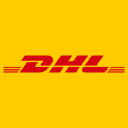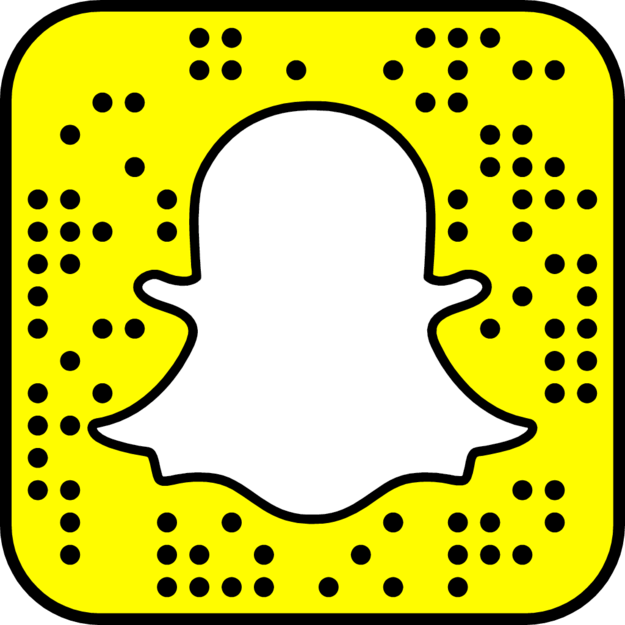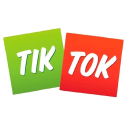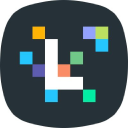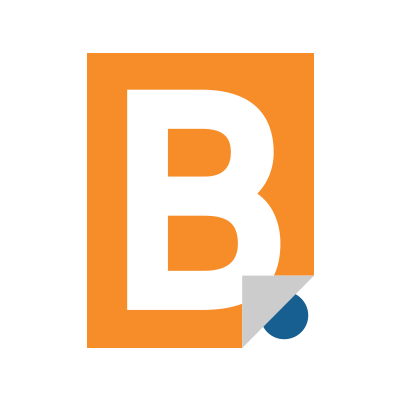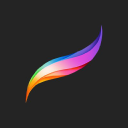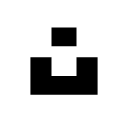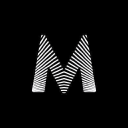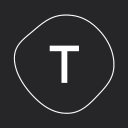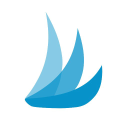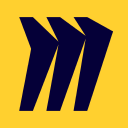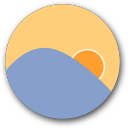On Starting An Indian And South Asian-Inspired Fashion Brand
Hello! Who are you and what business did you start?
Hi all! My name is Niki Shamdasani and I’m the co-founder and CEO of Sani, a South Asian-inspired fashion brand. I started the company about three years ago with my younger sister to make the best of South Asian fashion accessible in the US. Each Sani piece is distinct and crafted with the highest commitment to quality, design, and experience. Our collections are made in small batches by real people, using traditional craftsmanship and techniques.
We strive to be as responsible and sustainable a business as possible (and we’re still learning how to do it!). We work on considering all of the costs when creating fashion, not just the tangible ones. That includes operating with ethical manufacturing partners, reducing inventory waste, and batch shipping to reduce our carbon footprint.
We started off focusing primarily on cultural formalwear - pieces that could be taken from an Indian wedding to a gala. Our target customers were those first and second-generation South Asian Americans. We spent two years traveling to pop-ups and headlining fashion shows to get the word out about Sani and our momentum sped up faster than ever before at the beginning of 2020 when...

Download the report and join our email newsletter packed with business ideas and money-making opportunities, backed by real-life case studies.

Download the report and join our email newsletter packed with business ideas and money-making opportunities, backed by real-life case studies.

Download the report and join our email newsletter packed with business ideas and money-making opportunities, backed by real-life case studies.

Download the report and join our email newsletter packed with business ideas and money-making opportunities, backed by real-life case studies.

Download the report and join our email newsletter packed with business ideas and money-making opportunities, backed by real-life case studies.

Download the report and join our email newsletter packed with business ideas and money-making opportunities, backed by real-life case studies.

Download the report and join our email newsletter packed with business ideas and money-making opportunities, backed by real-life case studies.

Download the report and join our email newsletter packed with business ideas and money-making opportunities, backed by real-life case studies.





